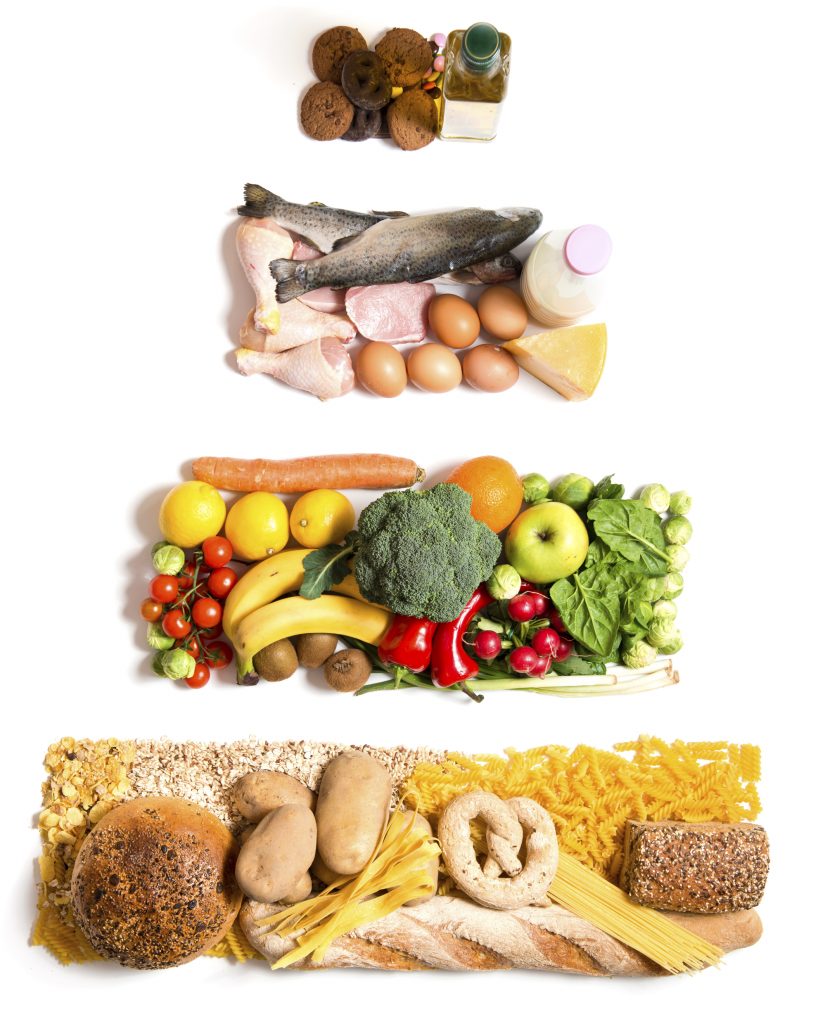June is National Fruits and Vegetables month, so we are spending the month celebrating the healthiest food groups around. Of  course, if we are spending a month talking about healthy foods, we can’t forget one of the healthiest, delicious, and most unique super foods around, the humble bean!
course, if we are spending a month talking about healthy foods, we can’t forget one of the healthiest, delicious, and most unique super foods around, the humble bean!
Now talking about beans during this month, you may think “well of course beans are vegetables!” In fact, we would wager if you ask people off the street almost all of them would classify beans as vegetables and live in the vegetable food group. The truth, however, is a little more complicated. After all, where did the term “magical fruit” come from then if they are vegetables?
The fact is, the actual answer to the question “what food group are beans in?” is much like an angsty teenager’s Facebook relationship status: it’s complicated!
Depending on how you look at beans, beans can be thought of as both a fruit and a vegetable. We know, it is a weird concept, but we will walk you through the process of where they live in the spectrum of food groups.
What Beans Are Classified As
The most important thing to keep in mind (and the biggest reason for the complication) is that beans are first and foremost classified as a legume. A legume is a plant that bears “fruit” inside of a pod. Beans are harvested and come from a pod, making them a legume.
That’s the easy part, but here it gets a little muddled depending on how you want to look at things. A fruit is classified as a plant that bears seeds and can be eaten. Since beans themselves can be planted as seeds to grow bean plants, it makes sense that they would be held in the fruit food group.
But, consider this! One of the defining characteristics of beans that make them so healthy is their high fiber content. Although there are some exceptions, the foods that contain the highest fiber tend to be vegetables like carrots, celery, broccoli, kale, and so on. With a fiber content that rivals many of the highest-fiber vegetables and the fact that beans lack an acidity and many other qualities that fruits have, beans also slot in very easily into the vegetable food group.
The Wildcard
If you thought that was the end of the argument, you would be wrong. There is one more quality about beans that throws a monkey-wrench into things: protein. Beans are one of the most protein-rich foods out there and among the best non-meat sources for protein. Because they are so high in protein, many times beans don’t slot in as either a fruit or a vegetable and actually go alongside meat, eggs, fish, and nuts in the protein food group.
The Verdict
Still confused? It’s OK, classifying the food group on beans can be a bit of a rabbit hole. Ultimately, the answer is that beans exist in all of those food groups at the same time. But, no matter where you identify them, beans are worth incorporating into your diet as much as possible because of their nutritious qualities!
High in vitamins, fiber, and protein, there is a reason why beans are considered one of the healthiest super foods out there. Not to mention, beans are such a versatile ingredient that they can be used in so many delicious ways as a component in a dish, a side dish, or even as the main ingredient.
So, no matter what food group you put it in, celebrate National Fruits and Vegetables Month with the help of Randall Beans! Our recipe collection is full of delicious and simple recipes featuring Randall Beans. Find your new favorite bean recipe today!
[sc_fs_faq sc_id=”fs_faqxehrwig8t” html=”true” headline=”h2″ img=”” question=”What food group are beans in?” img_alt=”” css_class=”” ]Beans have qualities that make a case for being in the fruit, vegetable, and protein food group. However, they are first and foremost legumes and are most commonly associated with the protein food group.[/sc_fs_faq]

